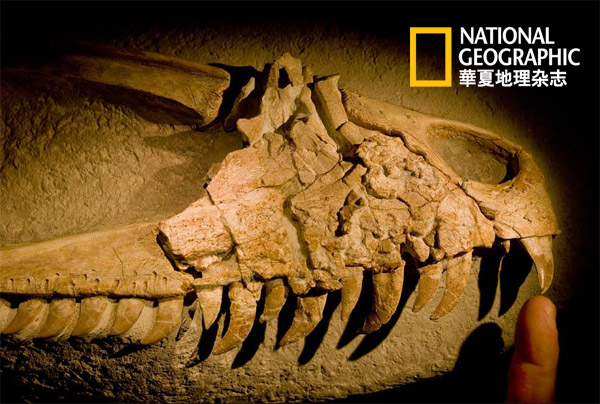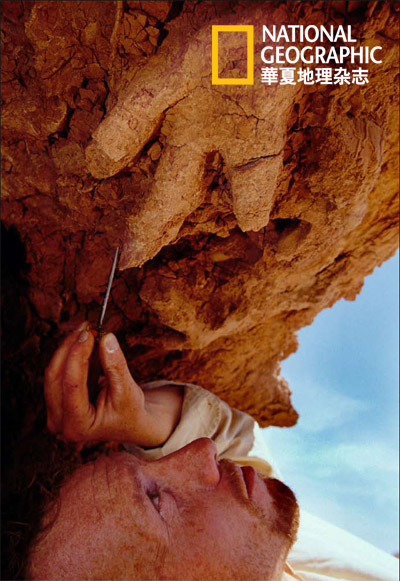Left on their own by adults, the young dinosaurs sank into the mud beside a lake and died 90 million years ago in what would become the Gobi Desert.

The well-preserved fossils, excavated by a team of Chinese and American scientists, offer a rare bounty of clues about how this herd of ostrich-like sinornithomimus lived - and died.
Two life-sized models of the sinornithomimus were put on public display for the first time yesterday in Hohhot, capital of Inner Mongolia Autonomous Region.
"This is a very exciting discovery because 99.9 percent of the time we find a group of skeletons that died at different periods due to unknown causes," said Paul Sereno, a University of Chicago professor on the excavation team. "The other 0.1 percent of the time scientists consider themselves lucky to find small herds that have been well-preserved after floods or volcanic eruptions."
Sereno, a paleontologist, helped lead the 2001 expedition that uncovered the fossilized remains of the 25 young sinornithomimus near Suhongtu, a tiny village in the Gobi Desert about 600 kilometers west of Hohhot.
The position of the dinosaur bones suggests they were looking for water on the edge of a lake, got stuck and died as the mud engulfed them, Sereno said. Their hip bones were found at odd angles, indicating scavengers tugged at their carcasses. Crab-like organisms were also found surrounding the skeletons, a clue that tells scientists they were covered in water shortly after death, which helped preserve them.

Tan Xinwei, a paleontologist from the region's land and resources department who also worked on the expedition, said it shows "the youngsters were left to fend for themselves while the adults were preoccupied" with hatching eggs or building nests.
The two-legged, feathered dinosaurs were about 1.2 meters tall as adults and scavenged for small plants by jutting out their long necks like an ostrich, Sereno said.
The bones were spotted in 1978 by a Chinese geologist and first excavated by a Sino-Japanese team some 20 years later. It wasn't until 2001 that researchers were able to unearth all 25 skeletons and examine their findings.
(Shanghai Daily March 17, 2009)